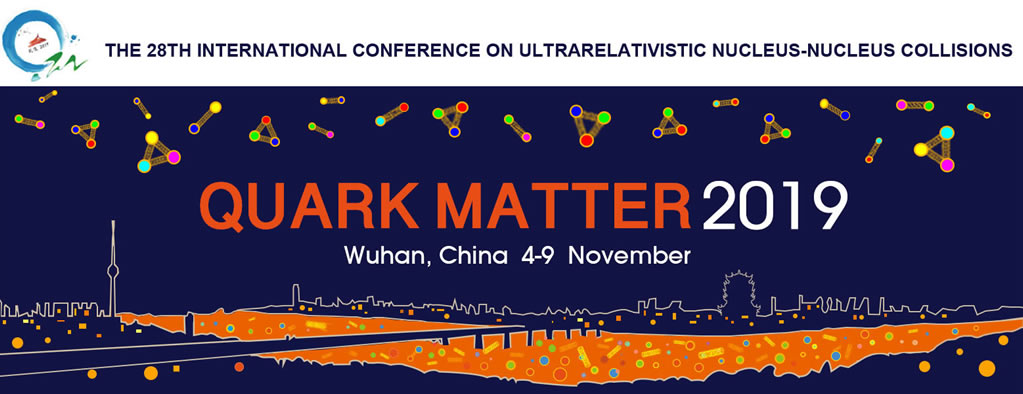Speaker
Description
The evolution of a heavy-ion collision is typically understood as a process that transmutes the initial geometry of the system into the final momentum distribution of observed hadrons, which can be described via a cumulant expansion of the initial distribution of energy density and is represented at leading order as the well-known eccentricity scaling of anisotropic flow.
We extend this framework to include the contribution from initial momentum-space properties, as encoded in other components of the energy-momentum tensor. We confirm the validity of the framework in state-of-the-art hydrodynamic simulations of large and small systems. With this new framework, it is possible to separate the effects of early-time dynamics from those of final-state evolution, even in the case when the distribution of energy does not fully determine subsequent evolution, as expected in small systems.
Specifically, we answer the question of when and how azimuthal correlations from the initial state survive to the final state. Additionally, this framework elucidates the generic features of the system evolution that are responsible for the impressive success of hydrodynamic simulations, but which may still hold even in cases when hydrodynamics is not applicable.
